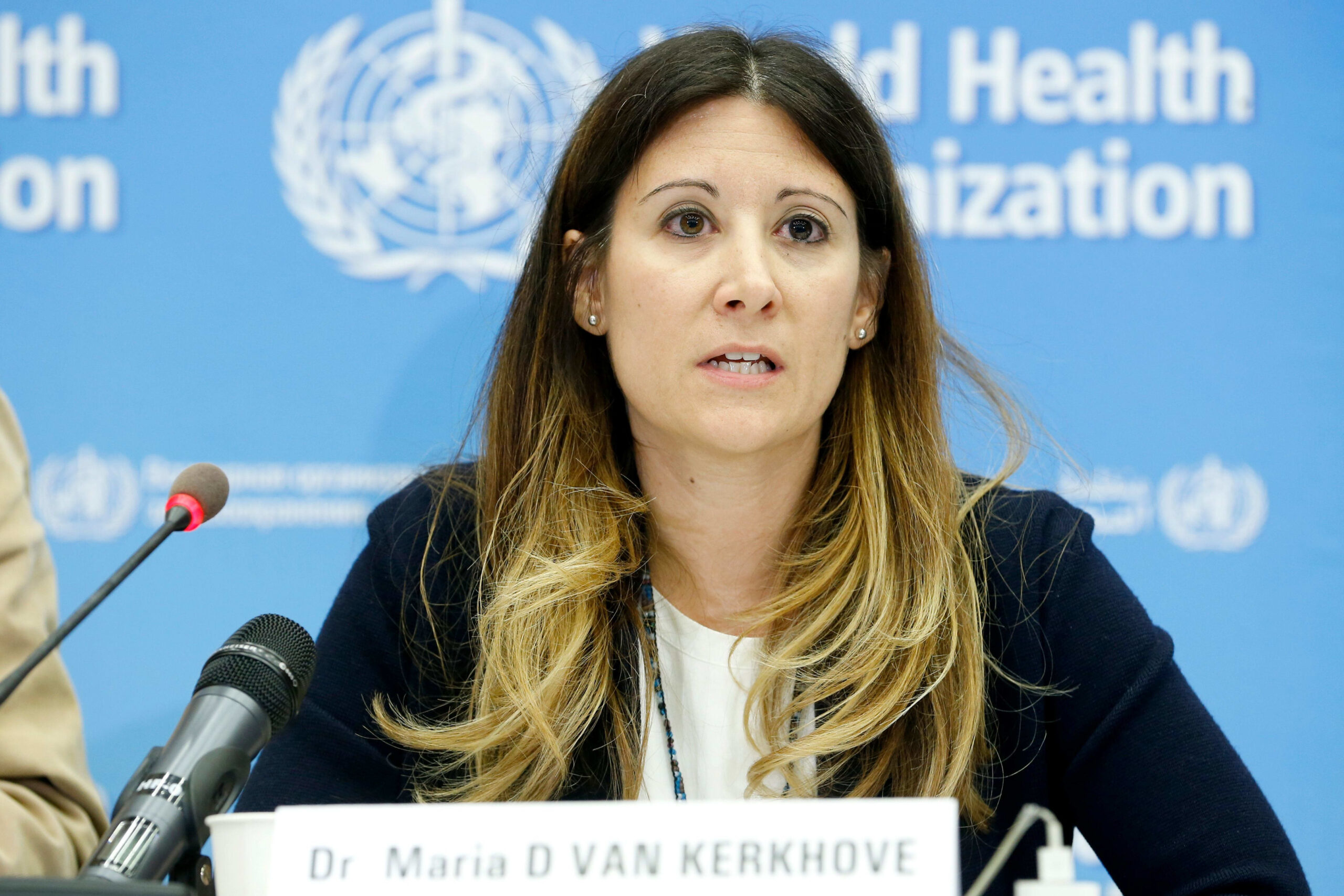
3 Things You Should Know About The COVID-19 Vaccine

3 Things You Should Know About The COVID-19 Vaccine
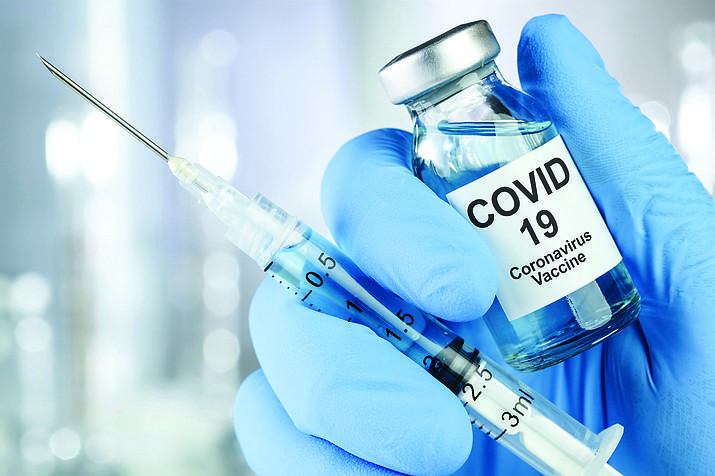
Has The COVID-19 Vaccine Been Rolled Out Too Quickly?
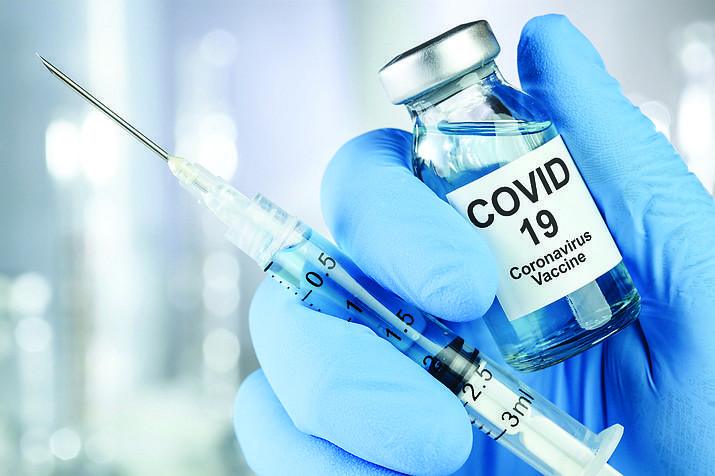
Is The COVID-19 Vaccine Safe?
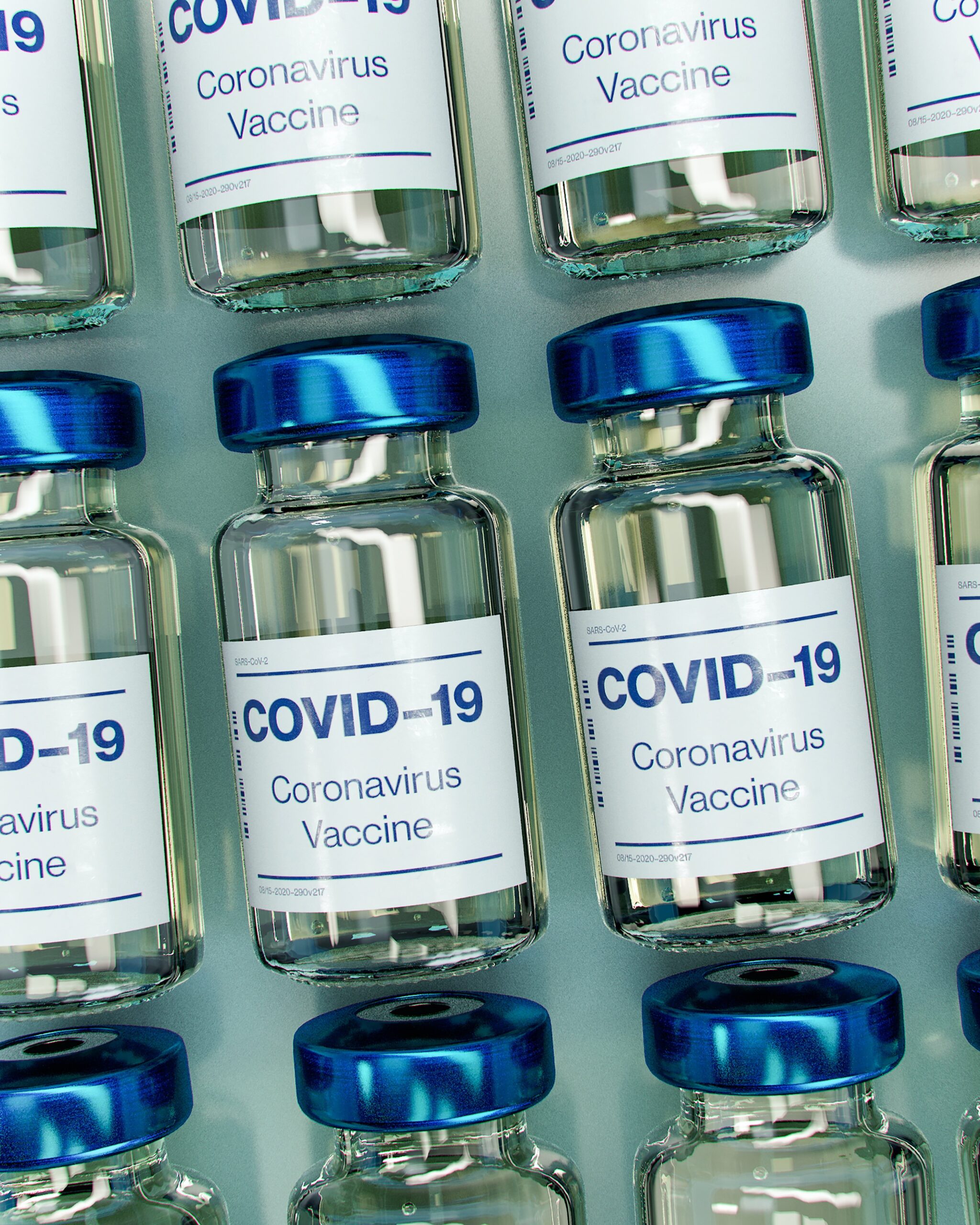
Is the COVID-19 Vaccine Safe?

Follow the Science – Accepting The Temporary During COVID-19
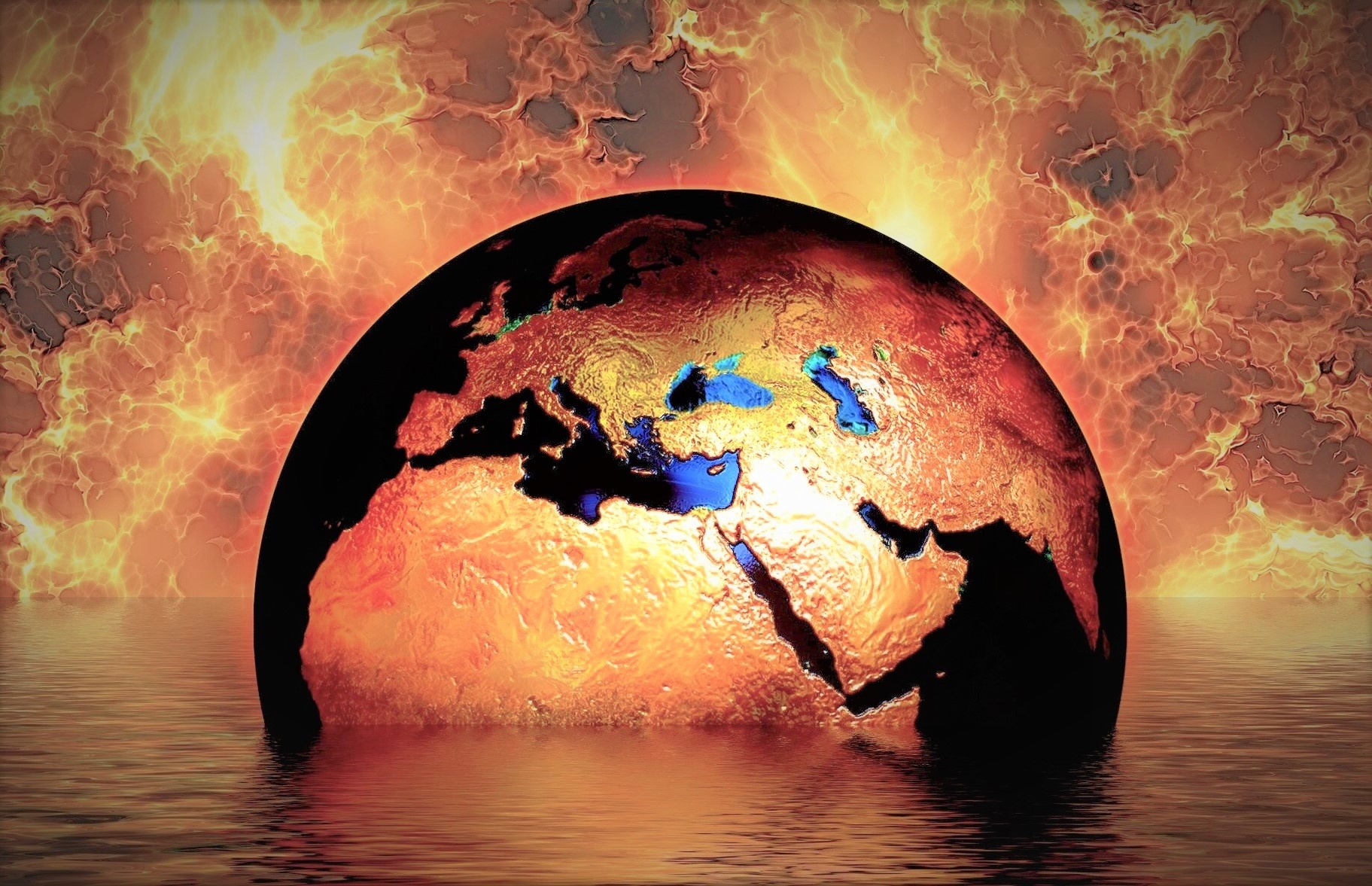
Climate Change and the Death of Hope in 2020
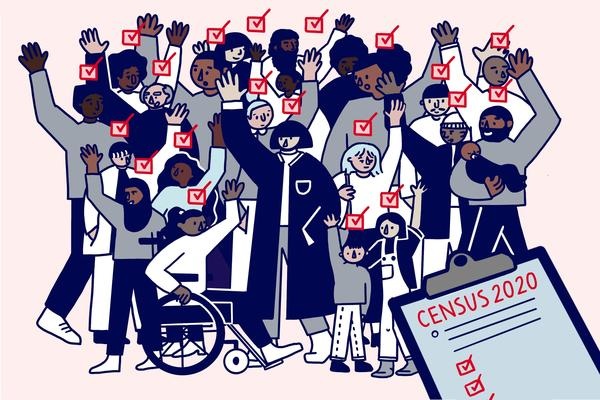
6 Reasons You Should Fill Out Your Census (Immediately)

How To Interpret COVID-19 Statistics
